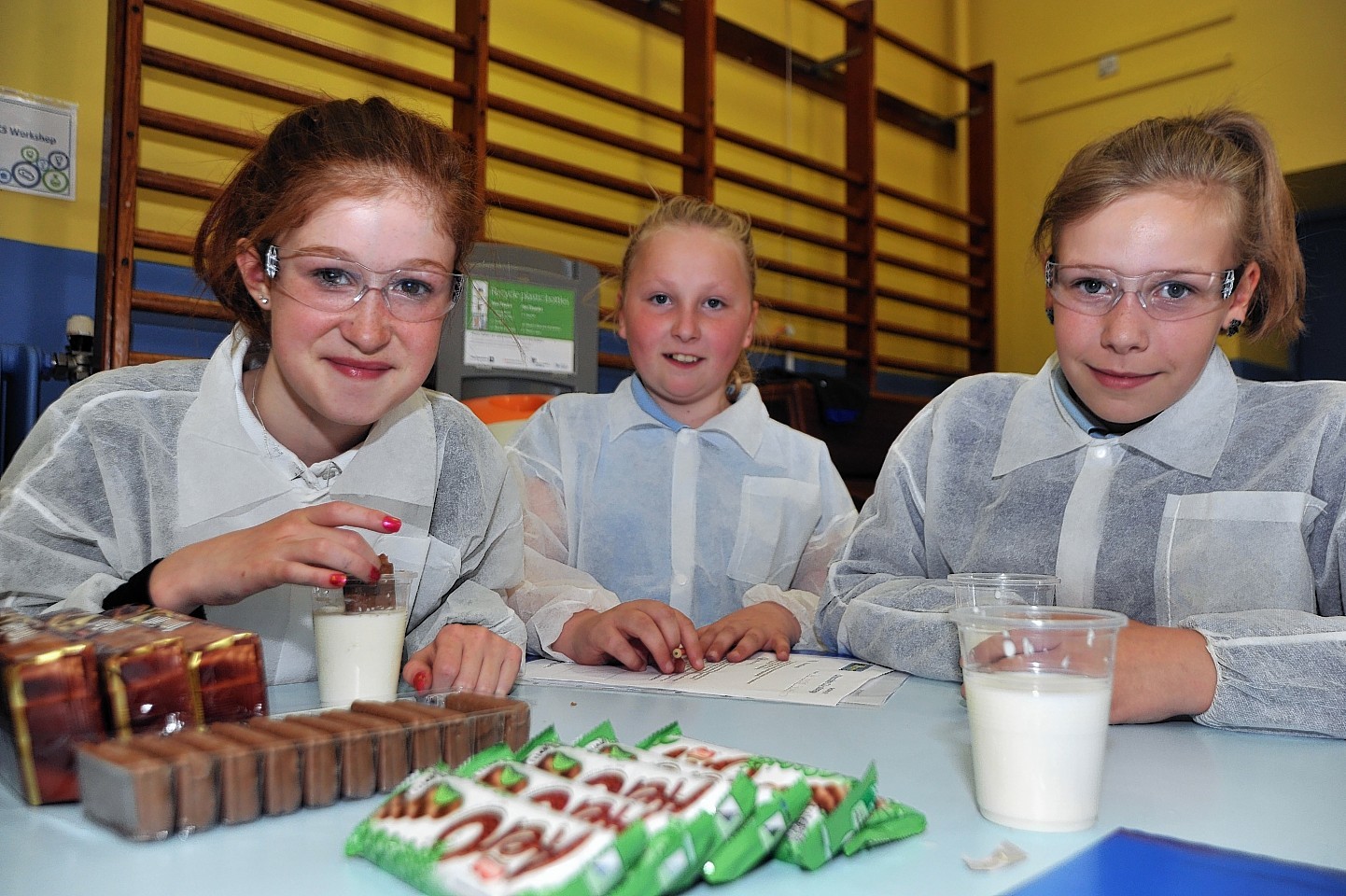Bright sparks at a north-east primary school have been given a special lesson in revolutionary green energy technology.
Pupils living near Peterhead Power Station have been learning all about carbon capture and storage (CCS) projects, courtesy of energy giant Shell.
The company is battling to make the Buchan port a base for the world’s first commercial-scale CCS plant.
If approved, the project could create 44,000 jobs and generate around £7billion for the Scottish economy.
This week, Shell teamed up with the Global CCS Institute to deliver a series of fun workshops at Boddam Primary School.
Children took part in some unusual science experiments which helped explain how the scheme at Peterhead Power Station could work.
Shell spokeswoman Helene Campbell said: “It’s about giving the children a better understanding of all energy issues.
“They had attended a presentation on the CCS scheme in January and were very clued up about the subject.
“This is the first of a series of educational initiatives we will be carrying out to help raise awareness about carbon capture.”
The proposed Peterhad CCS plan will involve capturing a total of 10million tonnes of harmful CO2 over a decade and storing it in a depleted North Sea gas field 62 miles offshore.
A new, independent report by Element Energy concludes that Scotland’s existing infrastructure, skills base, potential storage and enhanced oil recovery sites in the Central North Sea make it the best place to develop the scheme – ahead of Norway.
